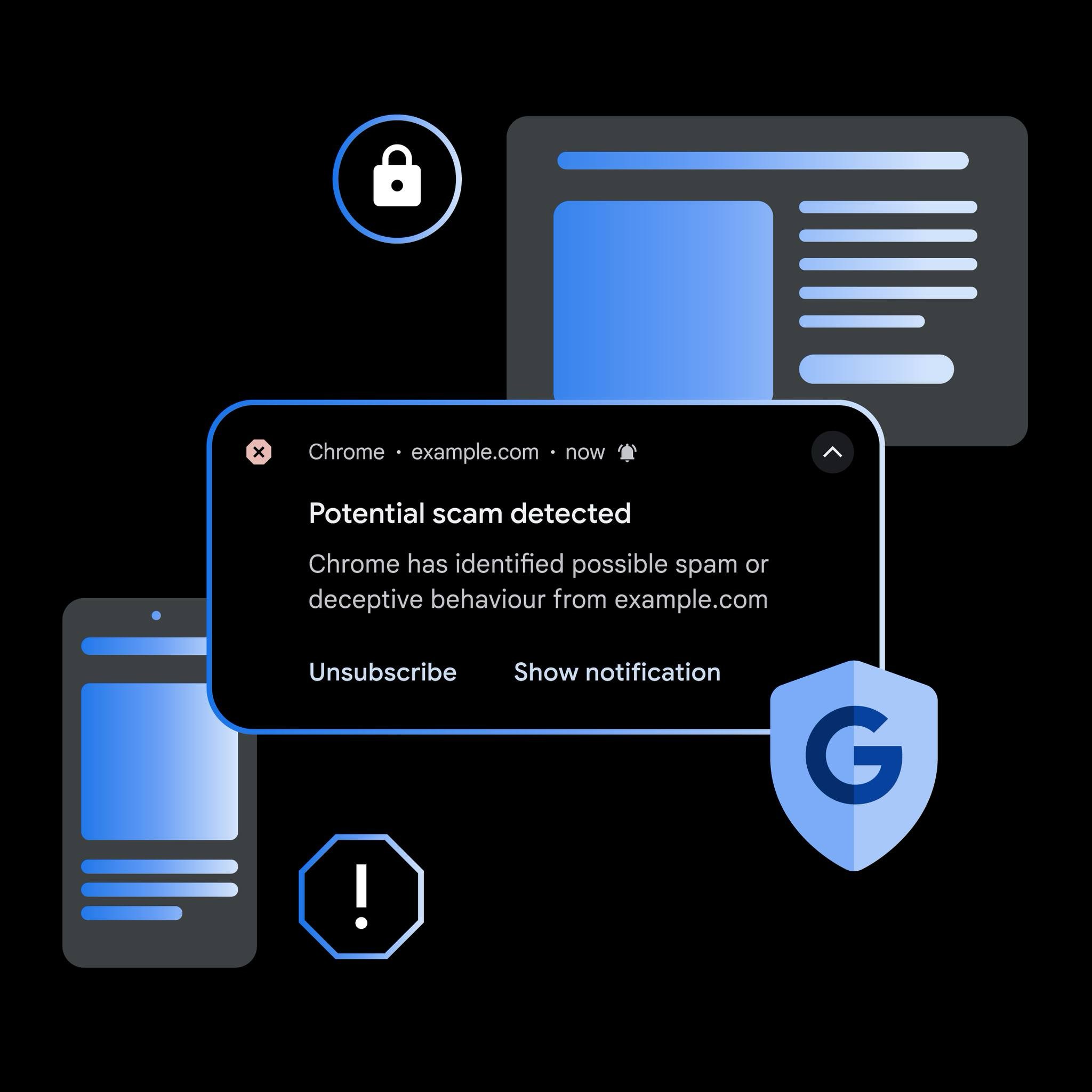Google integrates local Gemini AI into Chrome for enhanced scam protection
Google, like Microsoft, is actively incorporating AI technology into its products. Google Chrome, the widely used web browser, is set to receive a range of AI-driven features. Following the announcement that AI would soon be capable of taking over tasks from Chrome users and the introduction of real-time protection checks for all users, Google has now disclosed additional security measures powered by its Gemini AI for Chrome and Android users.
New Security Protections by Google
Google unveiled these new security enhancements in a blog post on The Keyword. The decision to publish the announcement on Google's primary blog, rather than a Chrome or Security-specific blog, underscores the significance of the feature. The AI functionalities aim to safeguard Chrome desktop users from scams, while Android users running Chrome will receive new spam warnings, all thanks to Gemini AI.
Enhanced Protection Mode
Google plans to integrate AI protection into Chrome's Enhanced Protection mode on desktops. This Safe Browsing mode, which users must enable, has proven to keep users "twice as safe from phishing and other scams" compared to the standard mode, according to Google. The introduction of AI adds an extra layer of defense to Chrome by leveraging the Gemini Nano on-device large language model. This technology provides instant insights on potentially risky websites, offering protection even against previously unseen scams.
Scam Detection Feature
Additionally, Google is utilizing AI to enhance protection against notifications from suspicious websites that may be malicious or attempting to scam users. Chrome's on-device machine learning model identifies problematic notifications, prompting the browser to display a clear warning to users. Users have the option to proceed with viewing the notification, unsubscribe from the website, or block further notifications.

AI in Scam Detection for Google Messages and Phone
The advancement extends to Google Messages and Phone, where AI is utilized to identify potential scam calls or messages. This AI-powered feature presents a warning to users when a phone call or message is deemed suspicious. Users can take action by reporting and blocking the source or allowing the call/message to come through.
Conclusion
As tech giants like Google and Microsoft intensify their focus on AI-driven security measures, the landscape raises questions about a potential AI race. While these advancements aim to protect users, threat actors are also leveraging AI to devise sophisticated attacks. The adoption of AI protections on devices remains a personal choice, with considerations for both security enhancements and privacy implications.

It is essential to stay vigilant against evolving scam tactics and remain informed about the role of AI in cybersecurity.




















